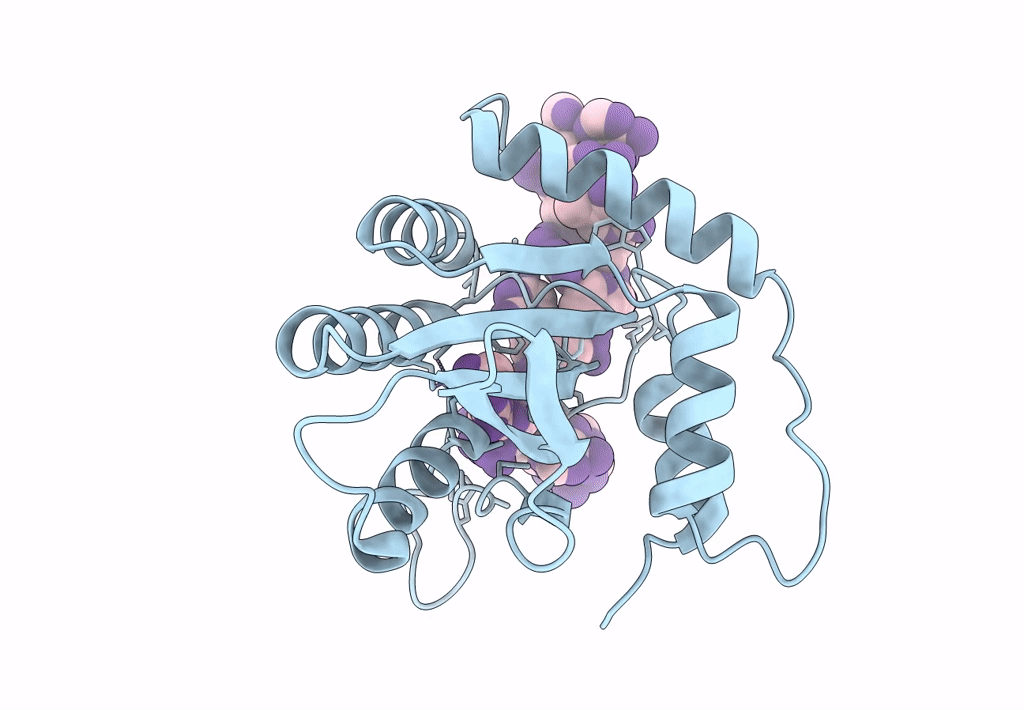
Deposition Date
2022-05-05
Release Date
2022-12-14
Last Version Date
2023-10-25
Entry Detail
PDB ID:
7UXD
Keywords:
Title:
Crystal structure of APOBEC3G Catalytic domain complex with ssDNA containing 2'-deoxy Zebularine.
Biological Source:
Source Organism:
Homo sapiens (Taxon ID: 9606)
synthetic construct (Taxon ID: 32630)
synthetic construct (Taxon ID: 32630)
Host Organism:
Method Details:
Experimental Method:
Resolution:
1.50 Å
R-Value Free:
0.19
R-Value Work:
0.17
R-Value Observed:
0.17
Space Group:
P 1 21 1


